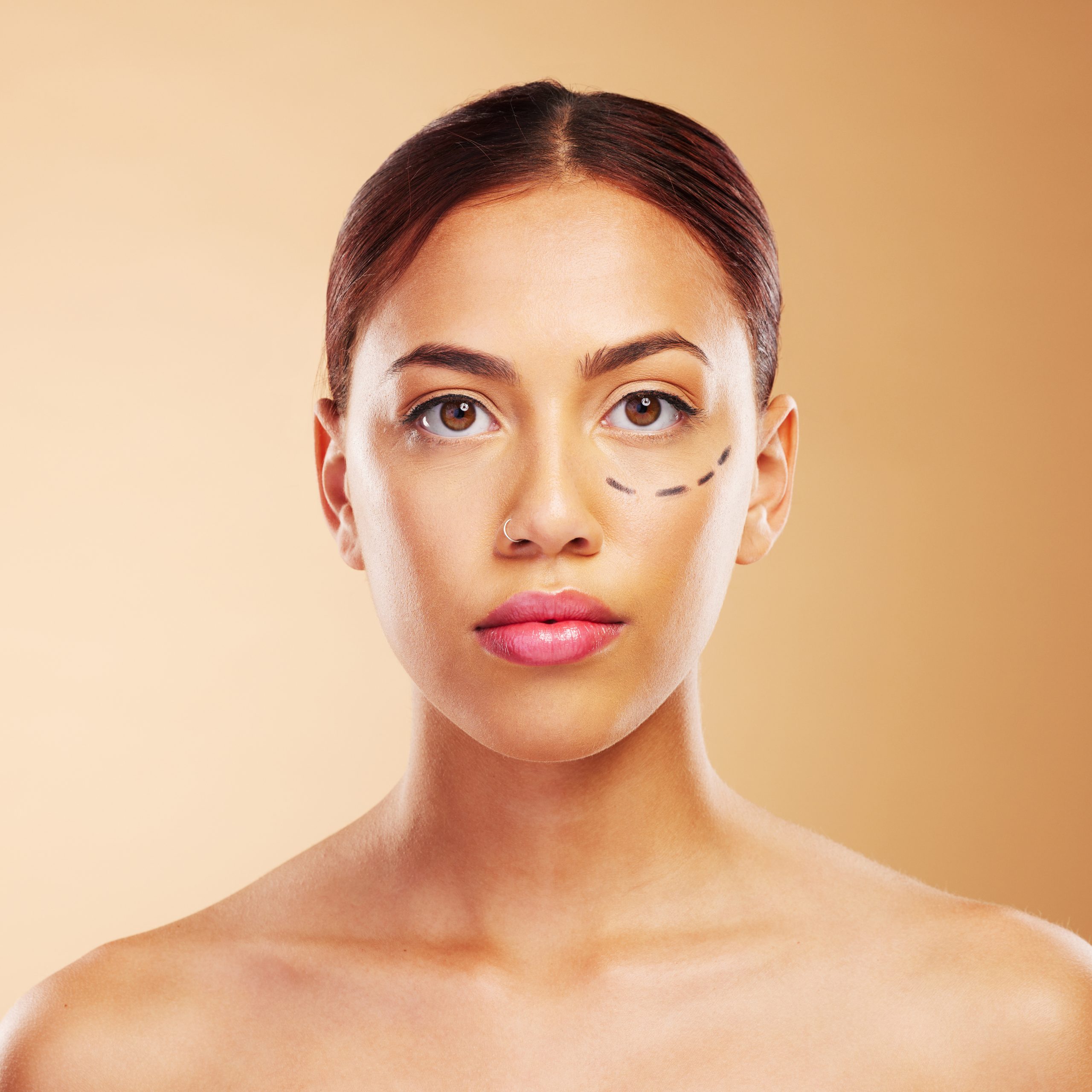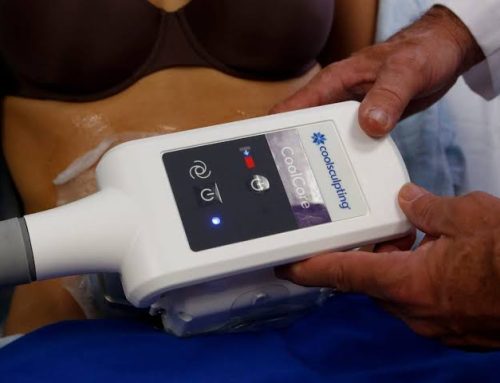Introduction
Under-eye bags can be a common concern, whether they’re caused by late nights, stress, allergies, or the natural aging process. If you’re tired of trying to conceal them with makeup or home remedies, you might be considering a more permanent solution. One effective option to consider is blepharoplasty, a surgical procedure aimed at rejuvenating the appearance of your eyes. In this article, we will explore what a blepharoplasty is, who makes a good candidate, why people choose to undergo it, the procedure itself, recovery time, how to maintain the results, and whether it’s worth it.
What is Blepharoplasty?
Blepharoplasty, commonly referred to as eyelid surgery, is a surgical procedure designed to address under-eye bags and improve the appearance of the eyelids. This procedure can involve both the upper and lower eyelids or just one, depending on the patient’s needs.
Is eyelid surgery a good idea?
People opt for eyelid surgery (blepharoplasty) for various reasons, including:
- Cosmetic Enhancement: Many individuals want to look more youthful and well-rested, and blepharoplasty can help achieve that by reducing puffiness and tightening the skin around the eyes.
- Functional Improvement: In some cases, sagging eyelid skin can obstruct vision. Blepharoplasty can improve vision by removing excess skin and fat.

How can I get rid of under eye bags?
Blepharoplasty can be performed using different techniques, but here’s an overview of the typical procedure:
- Anesthesia: The procedure is usually done under local anesthesia with sedation or general anesthesia.
- Incisions: For upper eyelid surgery, incisions are made in the natural creases of the eyelids. For lower eyelids, incisions can be made just below the lash line or through the inside of the lower eyelid (transconjunctival approach).
- Tissue Adjustment: Excess skin, fat, and muscle are adjusted or removed to create a smoother, more youthful appearance.
- Closure: Incisions are closed with dissolvable sutures.
Who is a good candidate for under eyelid surgery (blepharoplasty)?
Good candidates for blepharoplasty are individuals who:
- Have noticeable under-eye bags or drooping eyelids.
- Are in good overall health.
- Are non-smokers.
- Have realistic expectations about the outcomes.

Are under eye bag surgery (blepharoplasty) results permanent?
The results of lower blepharoplasty are typically long-lasting, primarily due to the removal of excess subcutaneous fat, which contributes to a rejuvenated appearance that can be enjoyed for a lifetime.
To maintain the results of blepharoplasty:
Is it worth getting a blepharoplasty?
The decision to undergo an eyelid surgery or so called blepharoplasty is a personal one. The results are often subtle yet impactful, leaving patients looking refreshed and more youthful. It’s worth considering if you’re bothered by under-eye bags and want a long-lasting solution.

Conclusion
Blepharoplasty is a proven surgical procedure that can effectively address under-eye bags, providing both cosmetic enhancement and functional improvement. By consulting with a board-certified plastic surgeon, you can determine if this procedure is the right choice for you, helping you achieve a more youthful and revitalized appearance around your eyes.
Disclaimer: The content on this blog is intended for general informational purposes only. It is not a substitute for professional medical advice, diagnosis, or treatment. Always consult qualified healthcare providers for personalized advice. Information regarding plastic surgery, dental treatment, hair transplant, and other medical procedures is educational and not a guarantee of results. We do not assume liability for actions taken based on blog content. Medical knowledge evolves; verify information and consult professionals. External links do not imply endorsement. By using this blog, you agree to these terms.










